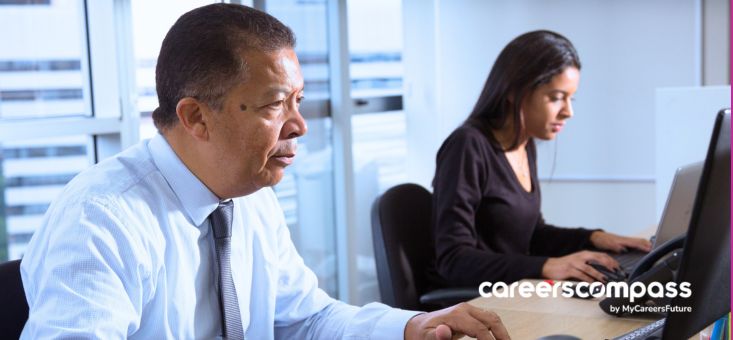Unlike class, race or gender divisions which are more commonly discussed, ageism in the workplace is an insidious topic that has been ignored. Ageism happens when someone is perceived to be less capable of a task, or less ‘trainable’ because of his or her age. This means it can affect anyone, anytime – although older employees tend to bear the brunt of it.
In a recent study by international recruitment firm Randstad, surveying over 1,000 Singaporean employees across generations, 31% of young respondents choose to avoid interactions with mature workers, and 57% of all respondents feel the decrease in training opportunities as they get older.
But the fact of the matter is, ageism is a knife that cuts both ways – it targets both older and younger employees. Phrases like “past their prime” or “over the hill” is just as destructive as labels like “millennials” or “strawberry generation”. In fact, younger employees are experiencing a case of “reverse ageism” – where they feel that their opinions don’t matter as much, or that they are considered to be misinformed and naïve. This can be detrimental to confidence building, especially in our young workforce.
Allowing an ageist culture, be it reverse or otherwise, can be counter-productive to meritocracy. And the truth is, when we choose to focus on age rather than merits, we are missing the forest for the trees. If productivity is the end game, we should really be embracing diversity and investing in talent that delivers results, regardless of age.
Patrick Fiat, General Manager of Royal Plaza on Scotts, is a firm believer in the re-training and re-employment of mature employees as he believes that “they represent a rich source of untapped manpower”. The hotel proudly adopts the re-training philosophy to ensure its employees remain employable beyond their retirement age.
Besides re-training and re-employment, companies with a multi-generation workforce can implement programmes and develop ideas that embrace diversity and keep ageism out of the office. Here are a few.

Introduce a Mentor-Mentee Programme
Most mentorship programmes are designed to let the juniors learn from the seniors. However, we can put a spin on it by switching their roles every other month. This encourages mutual mentorship and demonstrates that there is always something we can learn from one another, regardless of age.
Organise events that narrow the social gap between employees
Like any form of discrimination, ageism happens when people have superficial or limited perceptions of each other. We can change this by creating more opportunities for social interaction, e.g. monthly team lunches or after-work drinks. Put a different employee in charge of organising it every month to keep it fresh.

Encourage training for senior employees
When it comes to training opportunities, companies may sometimes choose to prioritise younger employees because they have more room to grow. However, older employees often feel the need for skills upgrading, especially if there is pressure for them to keep up with the times.
Workforce Singapore provides both in-house and external training programmes with enhanced funding to cater to employees from all walks of life.

Hire a multi-generational team
There are real benefits to hiring employees from all generations as it allows for cross-generation learning. Companies who hire mature employees do so because of their rich working experience, passion and strong work ethics – qualities that are invaluable to their younger counterparts. On the other hand, tech-savvy younger employees can impart their technological knowledge to the older generation. It’s definitely a win for both, and for the company.
















